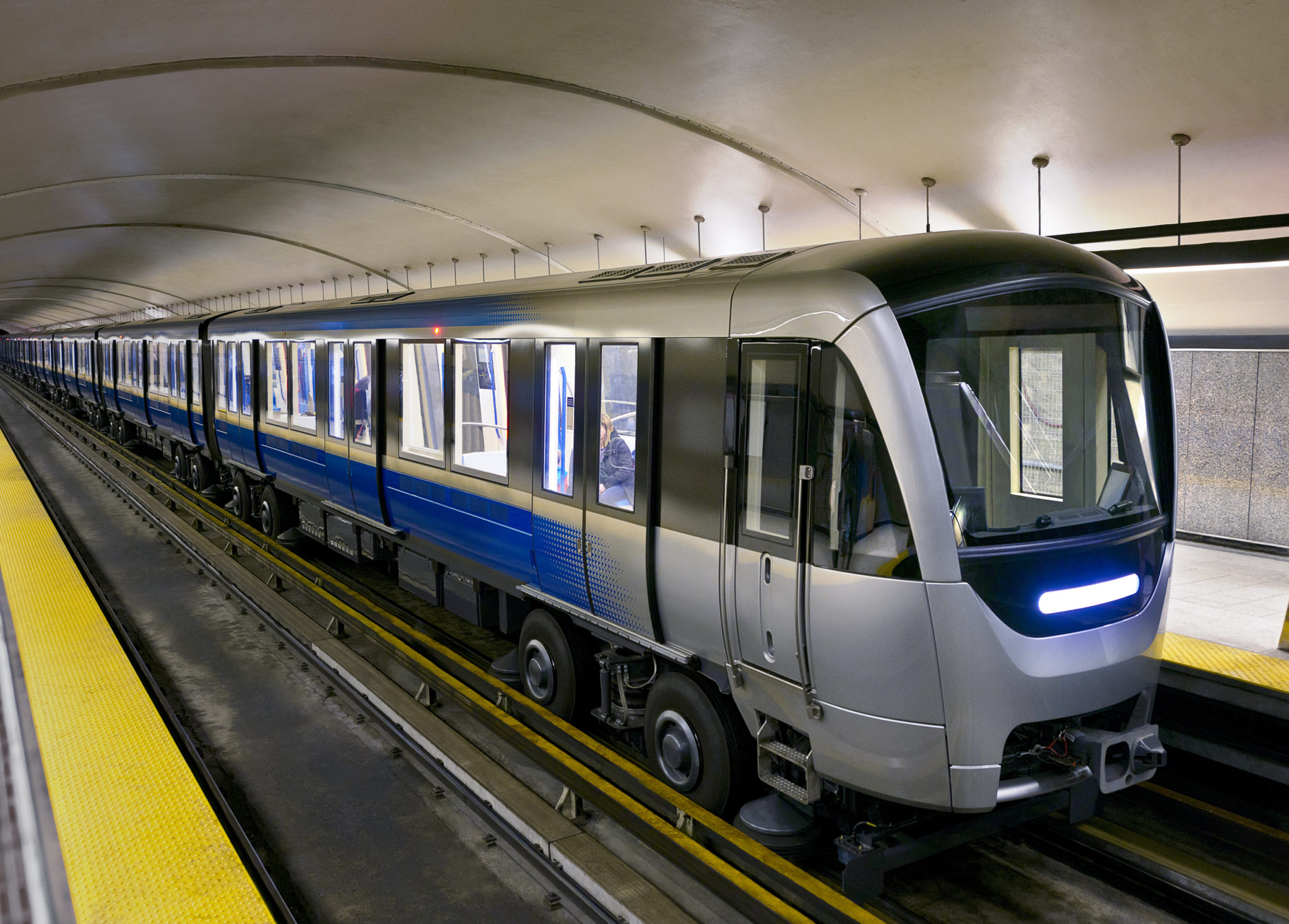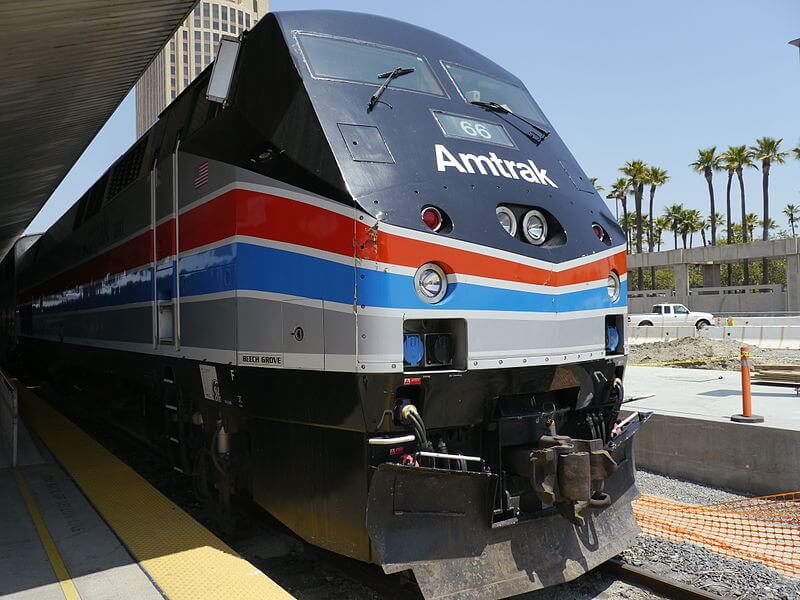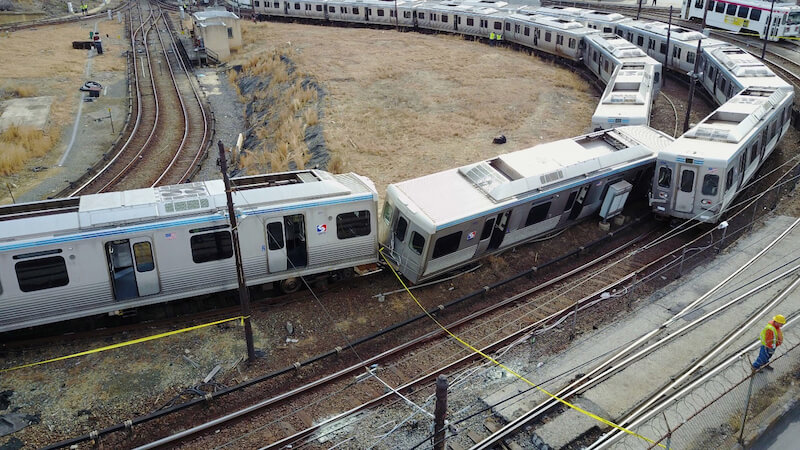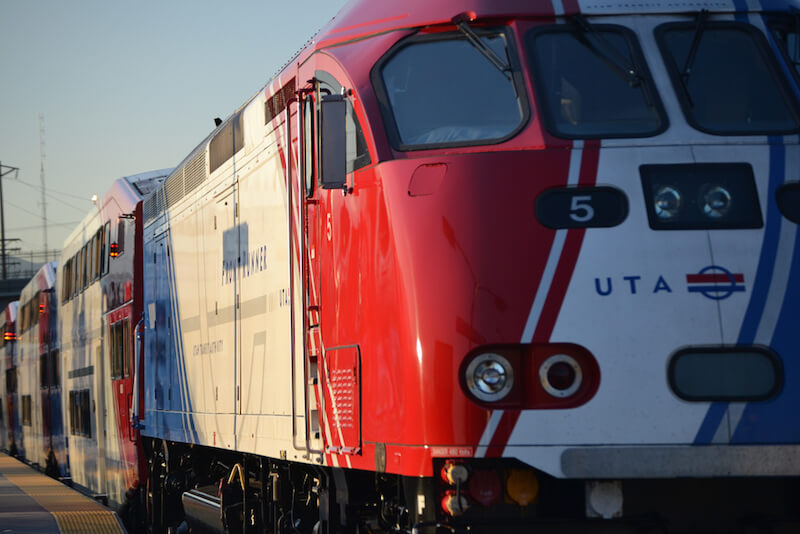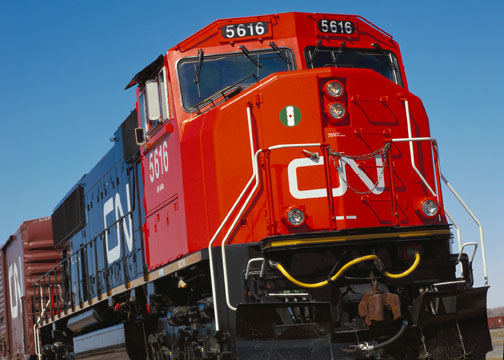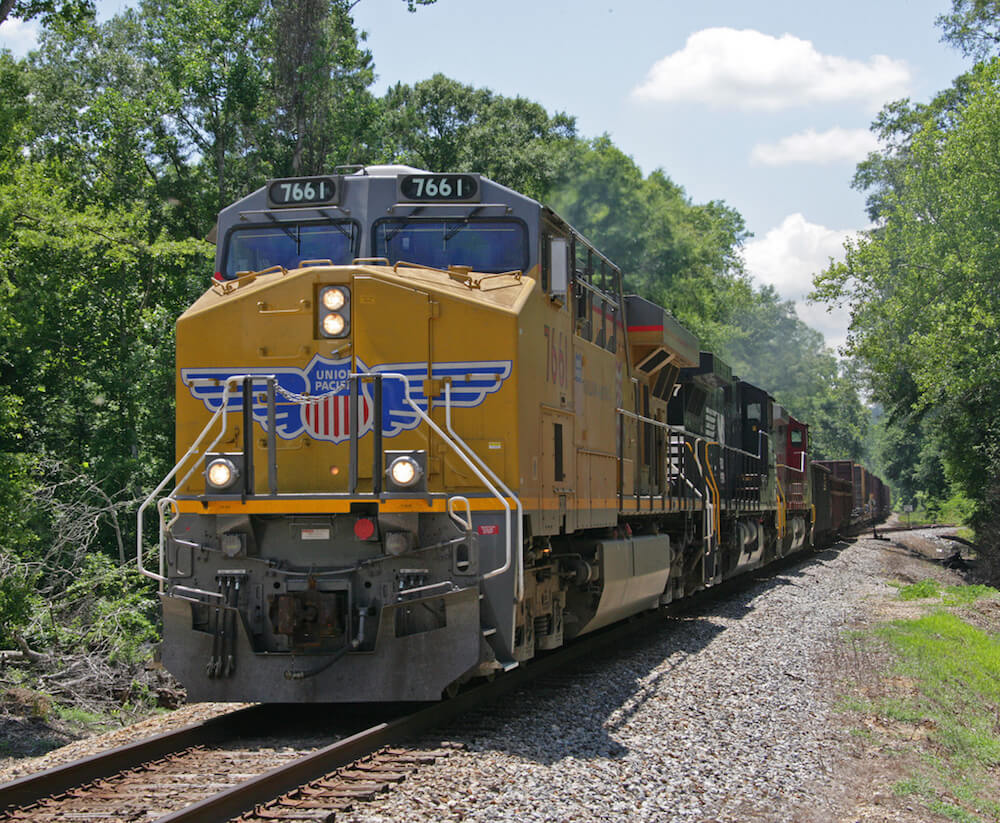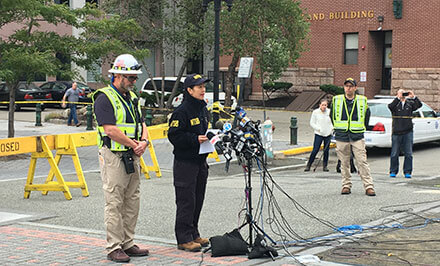The National Transportation Safety Board (NTSB) has determined that two commuter railroad terminal accidents in the New York area were caused by engineer fatigue resulting from undiagnosed severe obstructive sleep apnea.
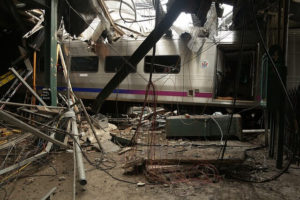
The Sept. 29, 2016, accident on the New Jersey Transit railroad at Hoboken, New Jersey, killed one person, injured 110, and resulted in major damage to the station. The Jan. 4, 2017, accident on the Long Island Rail Road at the Atlantic Terminal in Brooklyn, New York, injured 108 people. Both accidents involved trains that struck end-of-track bumping posts and crashed into stations.
Probable Causes and Safety Issues
The NTSB found the two accidents had “almost identical” probable causes and safety issues. The board also determined that these safety issues were not unique to these two properties, but exist throughout the country at many intercity passenger and commuter passenger train terminals.
In a statement issued in August 2017 the NTSB expressed its “disappointment” with the withdrawal of a Notice of Proposed Rule Making by the Federal Railroad Administration and the Federal Motor Carrier Safety Administration stating: “Obstructive sleep apnea has been in the probable cause of 10 highway and rail accidents investigated by the NTSB in the past 17 years … Medical fitness and fatigue, two of the NTSB’s 10 Most Wanted List of Transportation Safety Improvements for 2017 – 2018, are tied to obstructive sleep apnea.
NTSB Chairman Robert L. Sumwalt, said:
The traveling public deserves alert operators. That is not too much to ask.
Improving Terminal Operations
When operating a train into a terminating track, the engineer’s actions, or lack thereof, solely determine whether the train stops before the end of the track. According to the FRA there are currently no mechanisms installed in the U.S. that will automatically stop a train at the end of the track if the engineer is incapacitated, inattentive or disengaged. Some railroads have overspeed capabilities, including New Jersey Transit and the LIRR. However, as shown in these two accidents, once the engineer slowed the train to the prescribed speed, the system did not stop the trains before they reached the end of the track.
In addition to recommending safety-sensitive personnel be screened for obstructive sleep apnea, the board recommended the use of technology, such as positive train control, in terminal stations and improving the effectiveness of system safety program plans to improve terminal operations. The NTSB made two recommendations to New Jersey Transit, and the Metropolitan Transportation Authority (the parent company of the Long Island Rail Road) and two to the Federal Railroad Administration.
Sumwalt added:
Today’s new recommendations, if acted upon, have the potential to eliminate end-of-track collisions.
That translates to protection for passengers on trains, and for people standing on terminal platforms.
The complete accident report will be available in several weeks. The findings, probable cause, safety recommendations, Chairman Sumwalt’s prepared remarks and PowerPoint presentations used in Tuesday’s board meeting are all available here.
Original article © NTSB.
FOR ALL THE LATEST INFORMATION, NEWS, IMAGES, VIDEOS AND ARTICLES ON ALL ASPECTS OF RAILWAY SERVICES, PLEASE CLICK HERE.

















